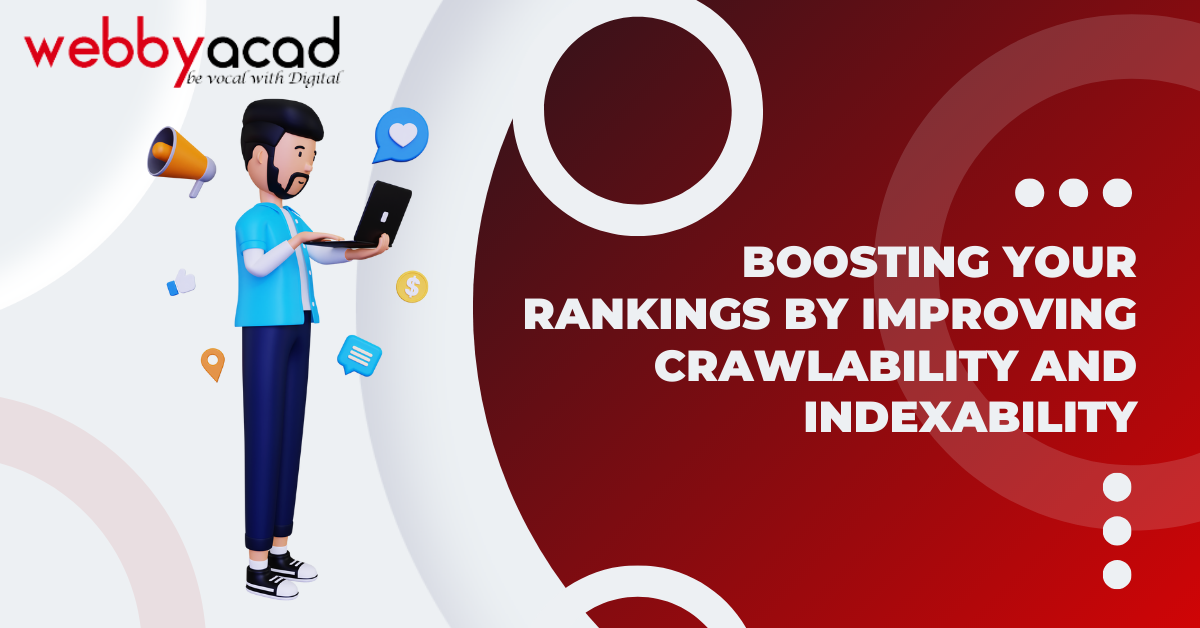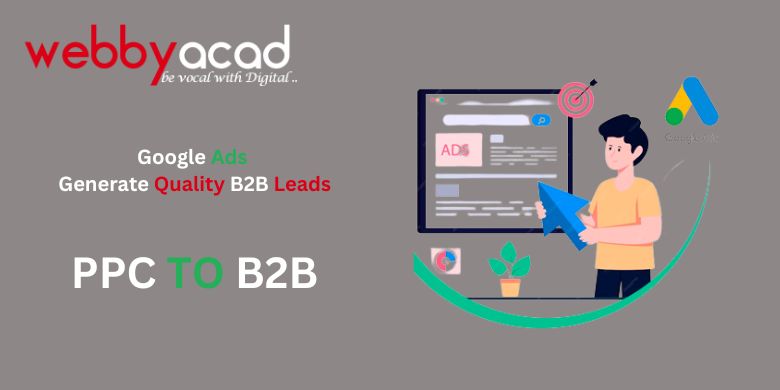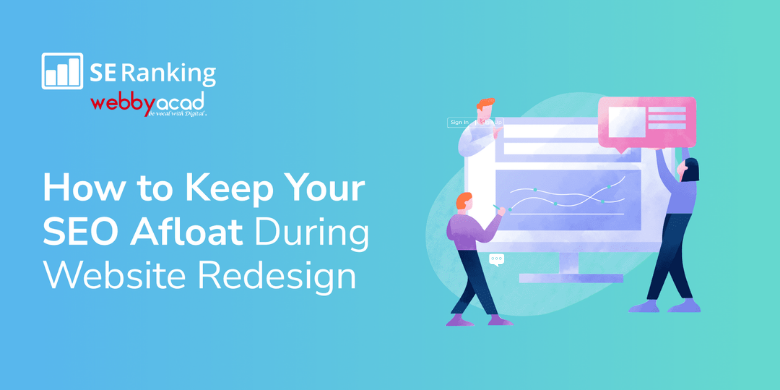You’ve worked hard building an informative website or blog filled with high-quality content, but it won’t rank well in search engines or drive traffic if it’s not easily crawled and indexed. As an online publisher, you need to focus on optimizing crawlability and indexability for SEO to boost your rankings and increase visibility to your target audience.
By following best practices for clean code, mobile-friendliness, internal linking, and page speed, you’ll improve the ability for search bots to crawl your site and for search engines to properly index your content. The reward for your efforts will be higher rankings, more organic traffic, and greater reach. Read on to discover several key strategies you can implement today to enhance your website’s crawlability and indexability.
Optimizing Your Site’s Page Titles and Meta Descriptions
To improve your website’s crawlability and indexability, optimizing your page titles and meta descriptions is essential.
-Page titles, also known as HTML title tags, tell both search engines and users the topic or purpose of the page. Include your target keyword, a compelling and concise description of the page content, your company or site name, and any location or category details. For example, “Keyword | Page Topic | Site Name | Location or Category”.
-Meta descriptions, are HTML attributes that provide a brief summary of the page content. They appear in the search engine results pages (SERPs) under the page title and URL. Aim for 150 to 160 characters including spaces. Include your target keyword and convey the key benefits and value proposition of the page to entice click-throughs. For example, “This page provides helpful tips and advice on how to boost your website’s crawlability and indexability to improve search rankings.”
-Ensure page titles and meta descriptions are unique and optimized for each page. Duplicate or thin content will be devalued by search engines.
-Use latent semantic indexing (LSI) keywords in your page titles and meta descriptions. LSI keywords are semantically similar terms that search engines associate with your target keywords. For example, use “enhance, increase, elevate” in addition to “boost”.
-Review page titles and meta descriptions regularly and optimize as needed based on search metrics and rankings. Make incremental improvements over time.
By optimizing your page titles and meta descriptions
You’ll make it easier for search engines to crawl and index your website, allowing you to rank higher in the SERPs and drive more organic search traffic. With consistent refinements, you’ll boost your search rankings in no time.
Implementing an Effective Internal Linking Structure
To improve your site’s crawlability and indexability, implementing an effective internal linking structure is key.
An internal linking structure connects the pages of your website to each other through hyperlinks. When search engines crawl your site, internal links guide them to your most important pages and content. As a result, the pages with the most internal links pointing to them are often ranked highest in search engine results pages (SERPs).
To develop an effective internal linking structure:
- Identify your site’s most important pages and content. These should include pages targeting important keywords and topics that you want to rank for.
- Ensure all of your pages link to at least one other page on your site. The more links, the better, as long as they are natural and provide value to users.
- Link to your most important pages from as many other pages as possible. For example, link to key service pages from your homepage, About Us page, and blog posts.
- Use compelling anchor text that matches the page you are linking to. For example, link to your “SEO Services” page using the anchor text “SEO services”.
- Place internal links in natural positions within your content, such as at the end of a paragraph or section. Do not over-optimize by having too many links in one area.
- Consider linking to related pages, not just the most important ones. For example, link from your “PPC Management” service page to your “SEO Services” and “Social Media Marketing” pages. This helps create a connected network of pages on related topics.
By developing and refining your internal linking structure, you can significantly improve your site’s crawlability and indexability. The reward will be higher rankings in SERPs and more organic traffic. With an effective internal linking strategy, your site has a better chance of reaching its full potential.
Submitting Your Site to Google Search Console
To optimize your site’s crawlability and indexability, you’ll want to submit your site to Google Search Console. This free tool from Google provides webmasters with information and tools to help improve their site’s performance in Google Search results.
Once you’ve verified your site ownership, Google Search Console allows you to submit your sitemap, which helps Google discover new pages on your site. A sitemap is an XML file that lists URLs for pages on your website which Google can crawl and index. Submitting a sitemap helps Google index your entire site more efficiently.
Google Search Console also provides information about any issues detected on your site that could affect crawling or indexing. These issues may include:
Blocked URLs:
Pages Google was unable to access, often due to robots.txt directives or 404 errors. Fixing these issues will allow Google to crawl and index these pages.
Security issues:
Problems like mixed content or invalid HTTPS certificates which could put user data at risk. Addressing security issues is important for user trust and SEO.
Structured data issues:
Errors in your site’s structured data markup that need to be resolved. Properly structured data helps Google understand your content and can improve your rankings.
Mobile usability:
Issues impacting the mobile-friendliness of your site. As mobile searches overtake desktop, a mobile-friendly site is essential for strong rankings in Google.
By regularly checking for new messages and notifications in Google Search Console and taking steps to resolve any issues found, you’ll improve your site’s crawlability, indexability and rankings over time. Submitting your site to this invaluable resource is one of the best ways webmasters can boost their performance in Google Search.
Conclusion
As you’ve seen, there are several ways you can improve your website’s crawlability and indexability to rank higher in search engines. By optimizing your site architecture, internal linking, page load speed, and ensuring all pages are indexable, you make it easy for search engine crawlers to discover and access your content. The end result is a site that is efficiently crawled and indexed, ultimately improving your search rankings and organic traffic. Put in the work to audit your site and implement these best practices. Your improved rankings and increased traffic will make the effort well worth it.




